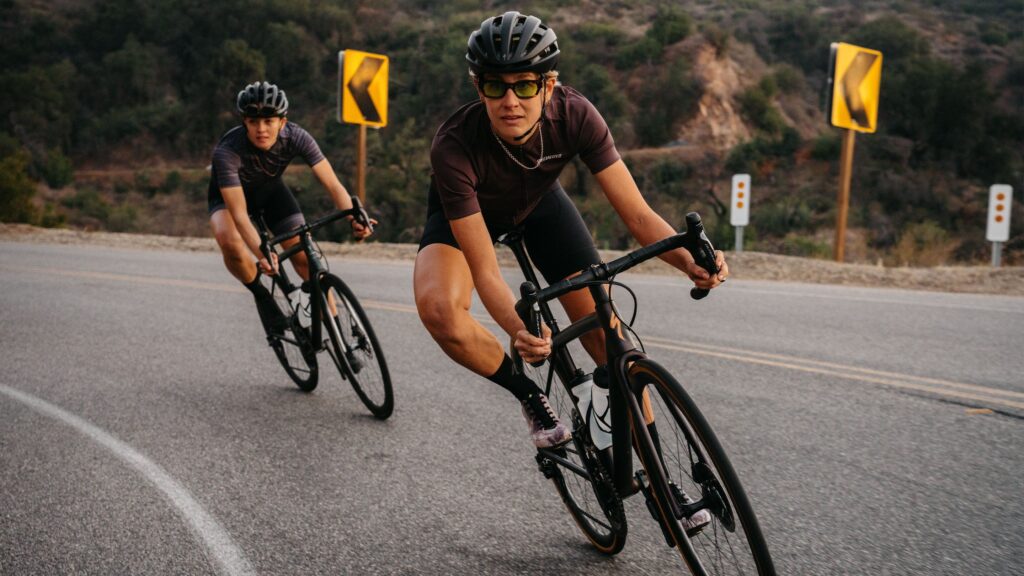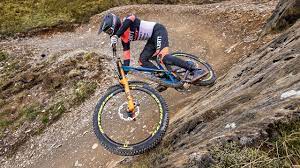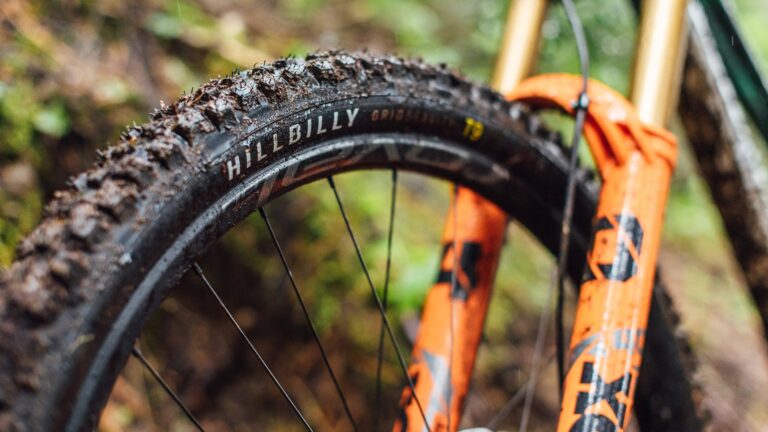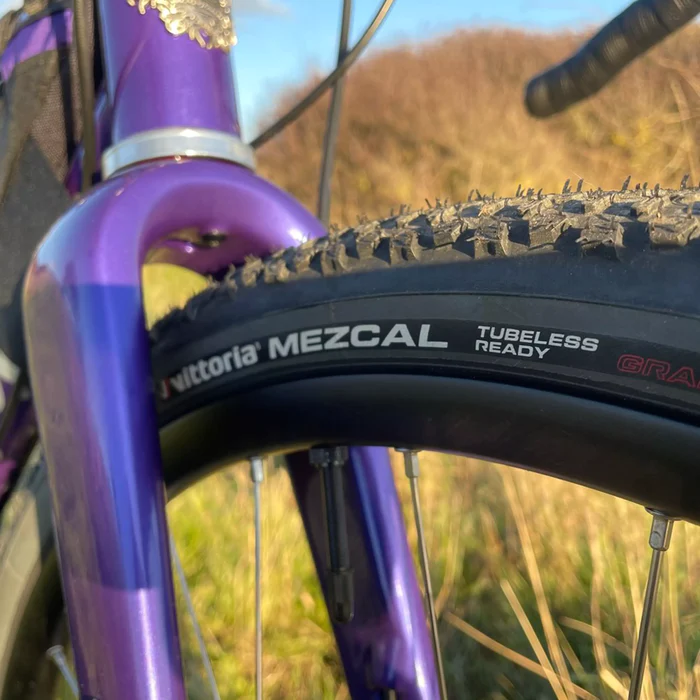Understanding Rolling Resistance of Road Bike Tires

Key Point Summary of Rolling Resistance of Road Bike Tires:
- Definition of Rolling Resistance: The energy lost when the tire deforms and recovers as it rolls.
- Impact on Efficiency and Speed: Lower rolling resistance means more of your energy propels you forward, increasing speed and efficiency.
- Factors Influencing Rolling Resistance: Tire pressure, width, tread pattern, and compound.
- Choosing the Right Tires: Balancing with grip and puncture protection for optimal performance.
Throughout my extensive journey as a cyclist, from the adrenaline-fueled races on mountain trails to the strategic pacing on gravel roads and the sprint finishes of cyclocross, one constant has been the pursuit of efficiency and speed. Aimed at cyclists with beginner to mid-level experience, this article unpacks the concept of rolling resistance, its impact on cycling performance, and how selecting the right tires can transform your ride.
Decoding Rolling Resistance
At its core, rolling resistance is the force opposing the motion when an object rolls on a surface. In cycling, it’s the energy lost due to the deformation of the tire as it moves along the road. This might seem minor, but over distance, lower rolling resistance can significantly reduce the effort required to maintain speed, contributing to overall ride efficiency.

The Quest for Efficiency
Efficiency in cycling is all about maximizing the output from your input. Lower rolling resistance means less energy is wasted, allowing more of your power to translate into forward motion. This can be the difference between maintaining a breakaway or getting caught by the peloton, the extra push needed on a long climb, or simply enjoying a less strenuous ride on your local loop.
Factors That Affect Rolling Resistance
- Tire Pressure: Higher pressures generally offer lower rolling resistance by minimizing the tire’s contact area with the road. However, too high pressure can lead to a harsh ride and decreased grip.
- Tire Width: Contrary to older beliefs, wider tires can have lower rolling resistance due to their ability to run at lower pressures, reducing deformation.
- Tread Pattern: Smooth treads are optimal for road biking as they minimize deformation and the energy lost in it.
- Compound: Softer compounds provide better grip but can increase rolling resistance. Manufacturers strive to find a balance between grip and efficiency in their tire compounds.
Selecting the Right Tires
Choosing road tires involves considering where you ride, your style, and what you value most—speed, comfort, durability, or a mix. Modern tire technology offers options that significantly reduce rolling resistance without sacrificing other important aspects like grip and puncture resistance. Tires like the Continental Grand Prix 5000 or the Schwalbe Pro One represent advancements in minimizing rolling resistance while providing a well-rounded performance.

Understanding Rolling Resistance of Road Bike Tires: Wrapping Up
The rolling resistance of your tires plays a crucial role in determining how efficiently you can convert your pedaling effort into speed. Understanding and optimizing this factor can lead to noticeable improvements in your cycling performance and enjoyment. By choosing tires that align with your riding needs and maintaining them at the appropriate pressure, you can enjoy the benefits of reduced rolling resistance, making every ride smoother and faster.
Based on the discussion around minimizing rolling resistance for enhanced efficiency and speed without compromising grip or puncture resistance, the Schwalbe Pro One stands as the best road bike tire choice. This tire exemplifies the balance between low rolling resistance and other critical performance metrics.
The Schwalbe Pro One features a MicroSkin construction that enhances tubeless compatibility, significantly reducing rolling resistance and the risk of flats. Its Addix compound provides an outstanding grip, allowing for confident cornering and handling in various conditions. Designed for efficiency and performance, the Schwalbe Pro One stands out for riders seeking a high-quality tire that supports fast, comfortable, and secure road biking experiences.

FAQ
What is the rolling resistance of bike tires?
Rolling resistance of bike tires refers to the energy lost due to the deformation of the tire as it rolls over a surface, affecting how much effort the rider must exert to maintain speed.
What is the average rolling resistance of a bike?
The average rolling resistance varies widely depending on tire type, pressure, and construction, but road bike tires can average around 10-15 watts per tire, while mountain and gravel tires may have higher averages due to their design for off-road conditions.
What is the rolling resistance of a tyre?
The rolling resistance of a tire is the measure of how much energy is lost due to the tire’s deformation against the riding surface, influenced by factors like tire material, tread pattern, and inflation level.
Is higher or lower rolling resistance better?
Lower rolling resistance is better for efficiency and speed because it means less energy is lost in the tire’s interaction with the road, making it easier to pedal and maintain higher speeds.






